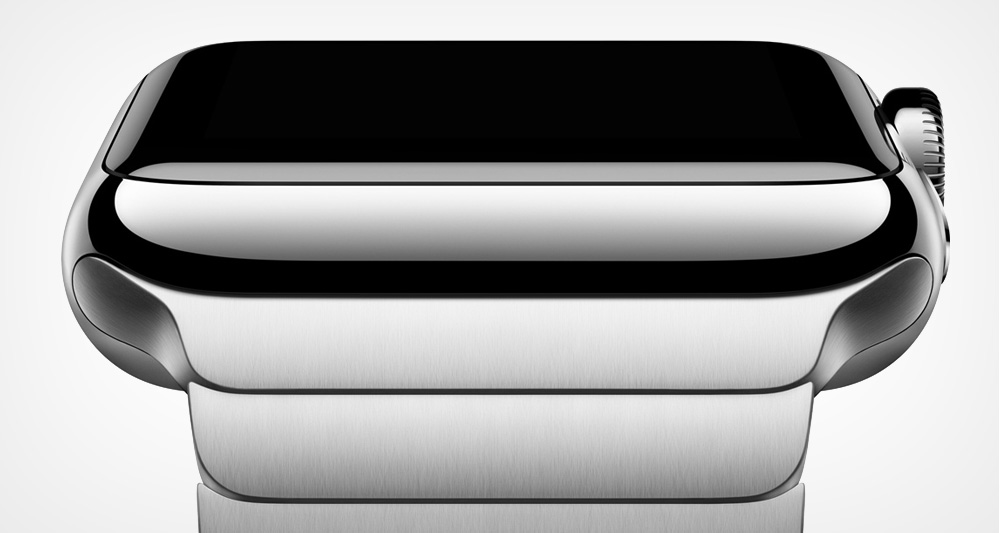
Magic
Yesterday, I was chatting with a friend (who happens to use Android) about the prospect of Apple Watch and other smartwatches in general. I was trying to explain to him that by removing tiny bits of friction over time, people learn to appreciate the little “superfluous” things and end up, in many cases, at the point where they can’t live without them.
I gave him the standard examples like TV remotes and power windows and keyless car entry. I explained to him that unlocking a car door isn’t hard at all, but that pressing a button is easier. I even explained to him how payment processing has changed so much in the past 20 years, using the example of today’s credit card experience compared against tomorrow’s Apple Pay. I explained how much faster and more convenient Apple Pay is than swiping a card and going through the POS dance that most folks still ambivalently put up with. His response was typical:
“C’mon, is it that much faster?”
“Yes, and it’s way more secure, too,” I replied.
“C’mon. It’s not that much faster!”
“Yes. It really is.”
(Notice he didn’t care about security. Convenience is king.) I tried explaining every single step that happens when you swipe a card: It begins with taking out your wallet, removing your card, swiping it through the reader on the terminal, and selecting “debit” or “credit.” If you’re using credit, you can skip the next few steps. But if you choose debit, you now have to enter your four-digit PIN on the keypad, select whether you want “cash back” or not, and answer a prompt that asks if you’re “OK” with the amount you’re about to be charged. If that amount is over $20, you’re now caught up with credit, as you’ll probably have to sign your name on a poorly calibrated digital screen with a dangling stylus (that you’ll have to fish out of whatever crevice it’s currently wedged into) to complete the transaction. Except, it’s not actually complete yet. Now you have to wait for a receipt to print out while having an awkward staring contest with the cashier as he or she anxiously waits to rip the paper off its spool and hand it to you. Then he or she wishes you a compulsory nicety, to which you’d better mind your manners and answer in kind. (Apple Pay or no Apple Pay, you be nice, you hear?) Then you can leave.
Apple Pay is that experience versus holding up your iPhone and taping the Touch ID for a total of something like two seconds. No, really, I’ve timed it. Two seconds.
But even as I explained this to my friend, he remained unconvinced. And that’s when it dawned on me — You can’t explain time saved. You just can’t. Tell someone that something takes two seconds versus six seconds, and they don’t really understand it as anything all that special. Six seconds seems like a trifle on paper and in theory, not much different than two seconds could ever be in the grand scheme. But let them experience two seconds compared to six seconds and it feels unbelievable. And then let them experience it again. And again. Then they might start to get it. In fact, I’m sure they will.
Do you know why I hate when my phone has to be restarted because of software updates? Because it means Touch ID is temporarily disabled. Because it means I have to enter my PIN to get through the lock screen. Because it means I have to type in my password the next time I download an app. Before Touch ID, I’ve actually passed on purchasing apps I would’ve otherwise been happy to drop a dollar on because I missed that 15-minute “no password needed” window. It takes me one second to type that password, and I can even do it without looking at the keyboard. But I hate it, and compared to the ease of Touch ID, it’s completely unacceptable.
Long story short, even though I love telling people about Apple Watch, sometimes I feel like just telling them about it isn’t going to really help sell them on the device. At least not at first, when there aren’t any examples out in the wild to sneak a peek at. And that’s probably why the tech press didn’t “get” Apple Watch, even after two keynotes. Because Apple Watch can’t be explained. It has to be experienced. It has to be worn. And it has to be felt and seen before most folks will understand and appreciate its value.
Steve Jobs used to use the word “magical,” and people would laugh. I have a feeling this could be Apple’s most magical creation yet.
And guess what?
You can’t explain magic.